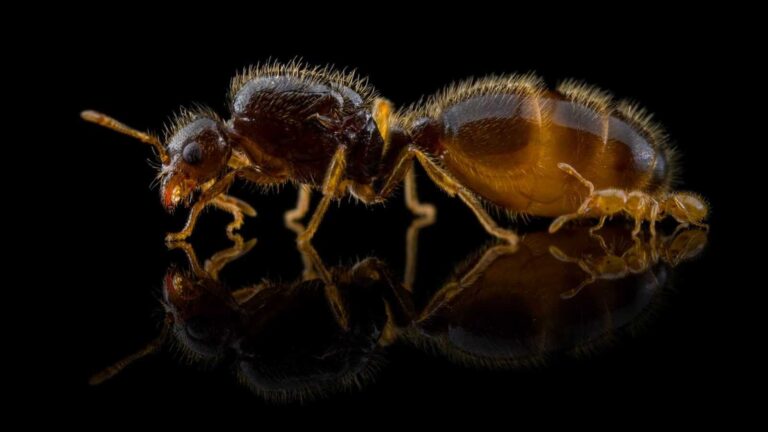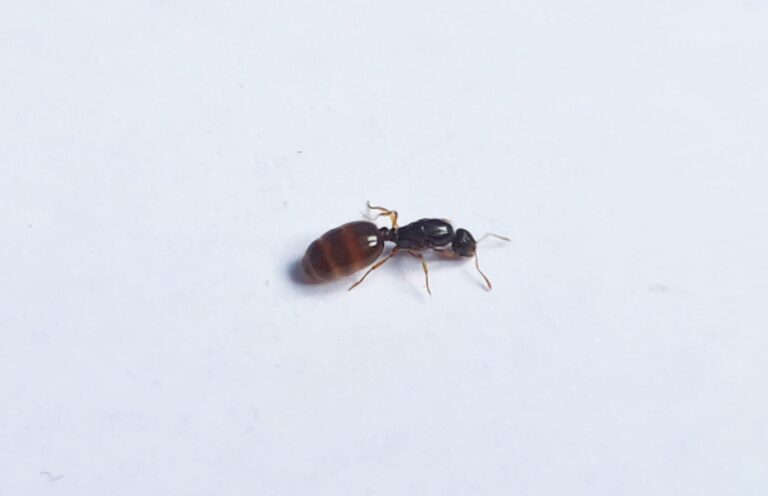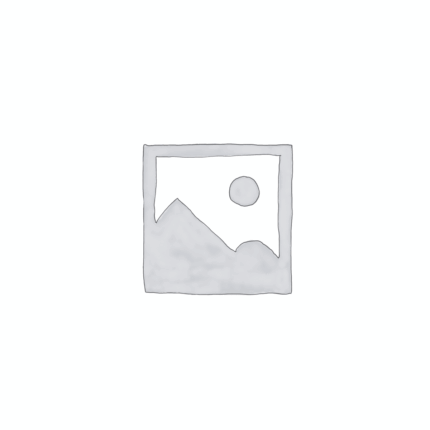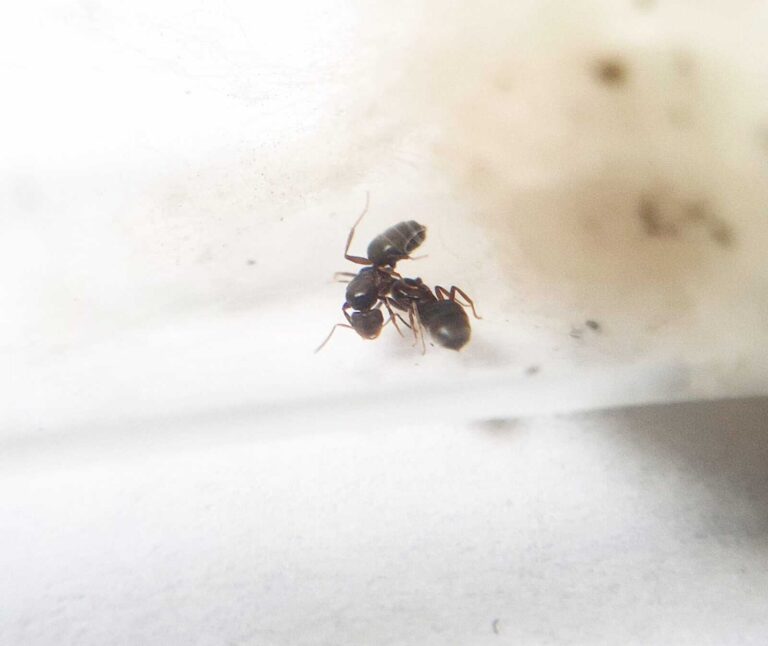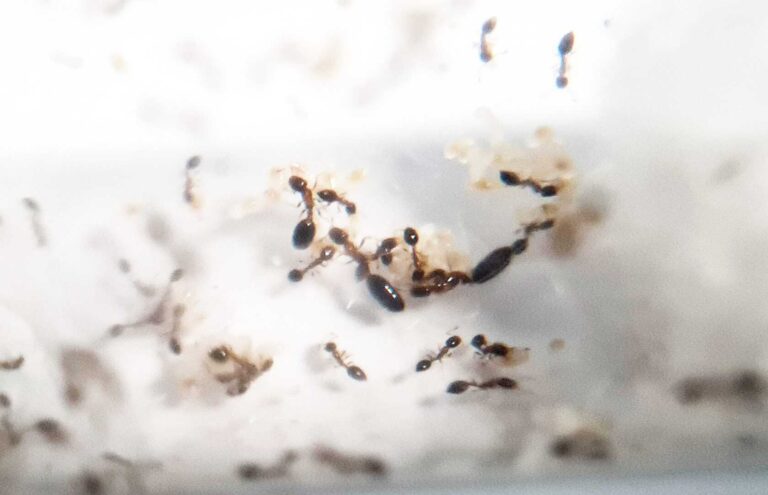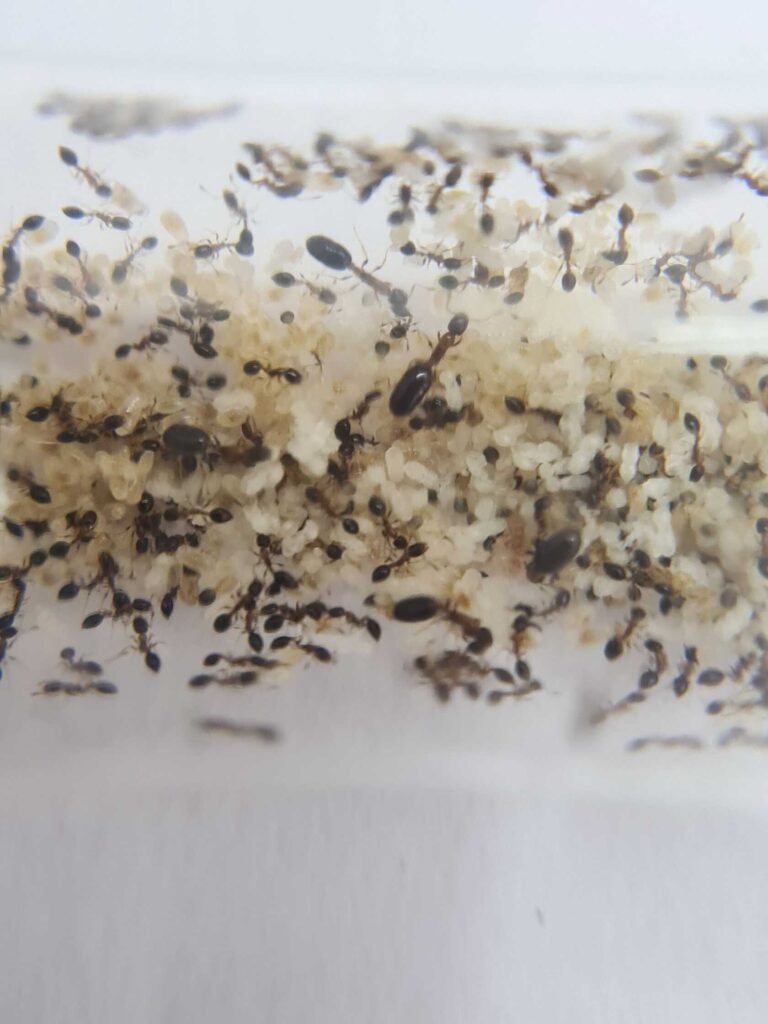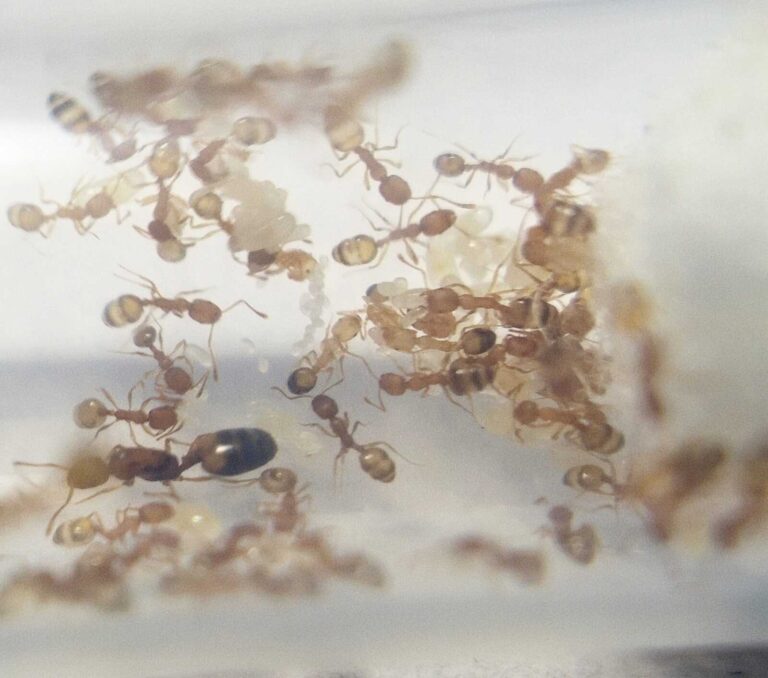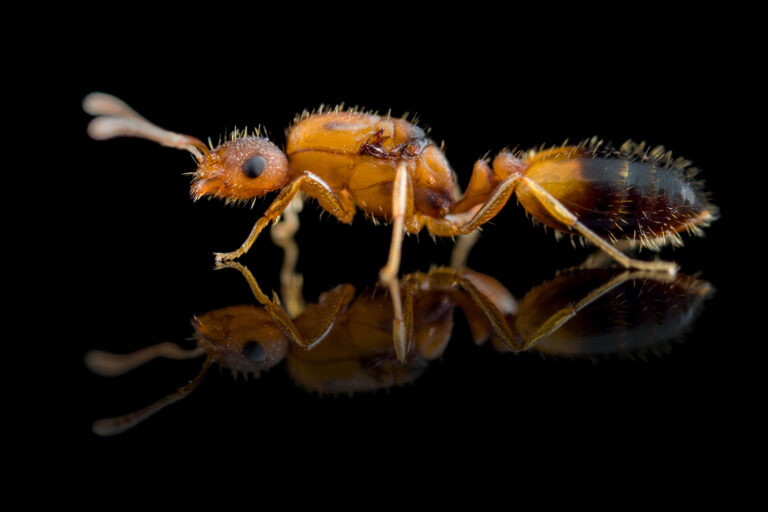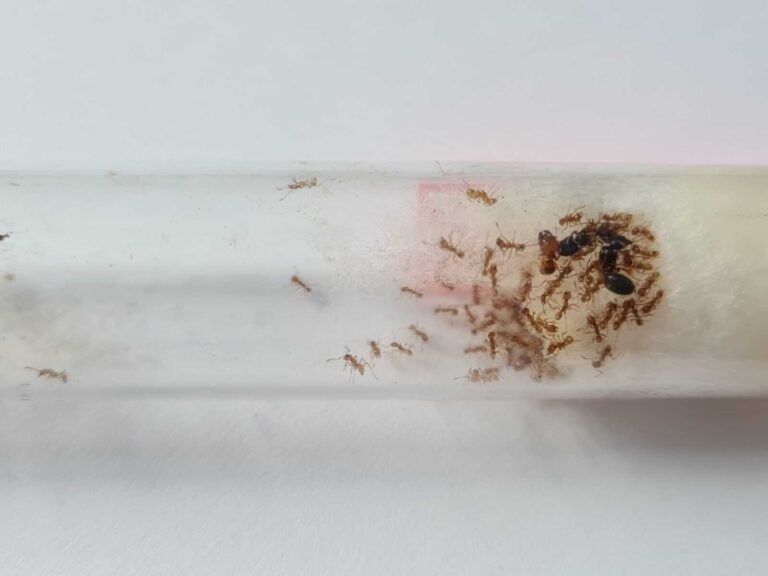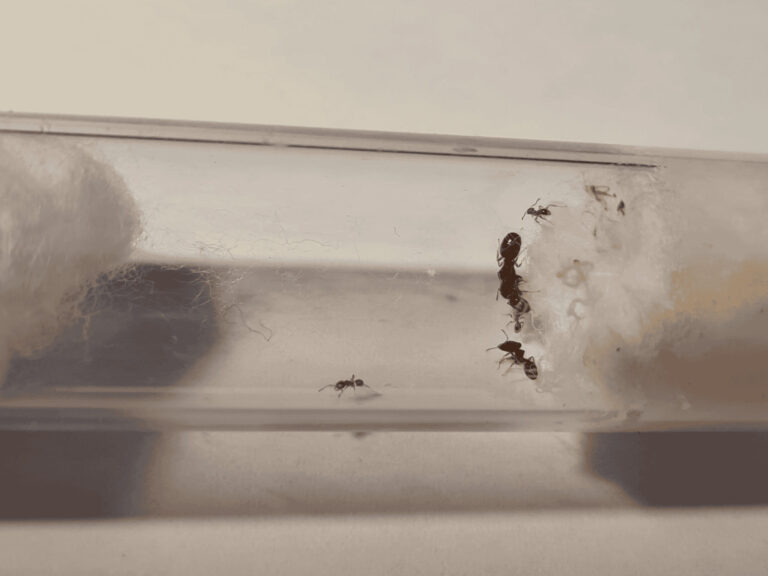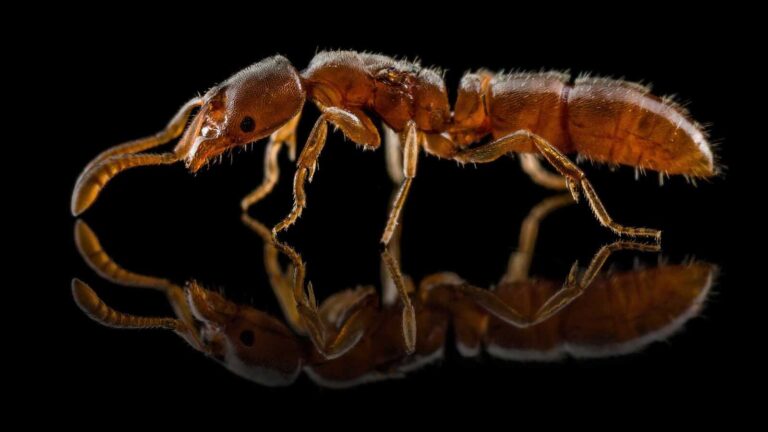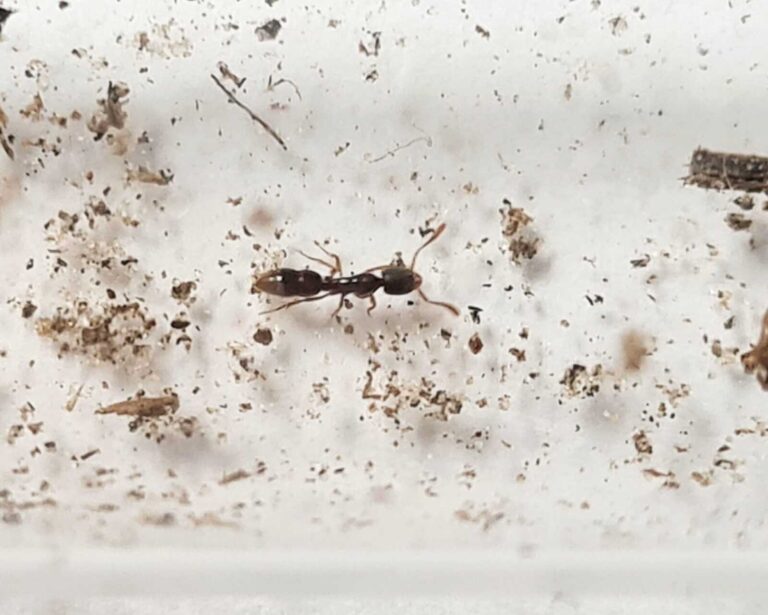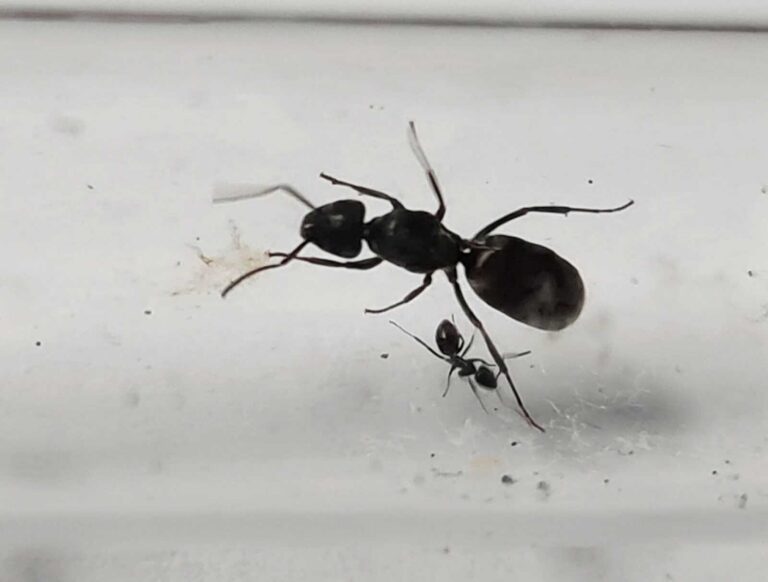Showing all 13 results
- Queen 9
- Queen and 1-50 workers 6
- Queen and 1-3 workers 7
- Queen and 4-10 workers 7
- Queen and 11-20 workers 7
- Queen and 21-40 workers 7
- Queen and 41-60 workers 6
- Queen and 61-100 workers 3
- Queen and 51-100 workers 6
- Queen and 101-200 workers 7
- Queen and 201-500 workers 5
- Queen and 501-1000 workers 2
- 2 Queens 3
- 2 Queens and 1-50 workers 5
- 2 Queens and 1-3 workers 1
- 2 Queens and 4-10 workers 1
- 2 Queens and 11-20 workers 1
- 2 Queen and 21-40 workers 1
- 2 Queens and 41-60 workers 1
- 2 Queens and 61-100 workers 1
- 2 Queens and 101-200 workers 6
- 2 Queens and 51-100 workers 5
- 2 Queens and 201-500 workers 4
- 2 Queens and 501-1000 workers 1
- 3 Queens 2
- 3 Queens and 1-50 workers 5
- 3 Queens and 1-3 workers 1
- 3 Queens and 4-10 workers 1
- 3 Queens and 11-20 workers 1
- 3 Queens and 21-40 workers 1
- 3 Queens and 41-60 workers 1
- 3 Queens and 61-100 workers 1
- 3 Queens and 51-100 workers 5
- 3 Queens and 101-200 workers 6
- 3 Queens and 201-500 workers 4
SmallSmall 62
MediumMedium 159
LargeLarge 73
HugeHuge 14
Solenopsis fugax is a monogynous ant species with colonies of up to 100,000 workers. They have a fast development rate. The queen measures 6-8 mm, while workers measure 1.5-2.5 mm and are yellow in color. They feed on food insects, syrup, fruit, vegetables, jelly, and cooked chicken without salt. The ant colony requires humidity.
Temnothorax unifasciatus is a tiny, peaceful species forming small colonies in acorns or rock cracks. Best suited for natural-style micro formicaria and hobbyists who enjoy detailed ant behavior on a miniature scale.
Brachymyrmex laevis is a polygynous ant species with colonies consisting of several thousand individuals. They have a fast development speed and are brown-black in color. Their diet consists of insect food, syrup, fruit, vegetables, jelly, and cooked chicken without salt. Queens measure 3-5mm in size, while workers are 1-2mm in size.
Crematogaster minutissima is a monogynous ant species with colonies of up to 10,000 workers. They have a fast development speed and the queen measures 5-7 mm while the workers are 2-3.5 mm in size. They are yellow, with a brownish-yellow tint. Their diet includes food insects, syrup, fruits, vegetables, jelly, and cooked chicken.
Crematogaster quadriruga is a monogynous ant species with a colony size of up to 20,000 workers and a fast development speed. The queen measures 6-7.5mm, while workers are 1.4-2mm in size. They have a yellow body with a black tip on the abdomen. Their nutrition consists of insect food, syrup, fruit, vegetables, jelly, and cooked chicken.
Monomorium bicolor is a polygynous ant species with a medium development rate. The colony size can reach up to 100,000 workers. The queen measures 5-6 mm, while the workers are 1.5-2 mm in size. They have a chest pale brown color with a black head and belly. Their nutrition consists of food insects, fruit, vegetables, and syrup. They require a humidity level of 30-50% in the arena and 50-70% in the nest.
This is a polygynous ant colony with a size of 100,000 workers. The development rate is medium. The queen measures 5-6 mm, while the workers are 1.5-2 mm in size. The ants have a color variation of pale yellow to pale brown on their chest, and a dark brown or black head and belly. They feed on food insects, fruits, vegetables, and syrup.
The Monomorium pharaonis is a formidable ant species with a polygynous colony structure, meaning it has multiple queens in a single colony. These colonies can consist of up to 1,000,000 workers, making them highly productive and efficient.
Pheidole flaveria is a polygynous ant species with colony sizes of up to 10,000 workers, known for its fast development speed. The queen measures 6-8 mm, while the workers and majors measure 2-3 mm and 3-5 mm, respectively. These orange ants require a varied diet including food insects, syrup, fruits, vegetables, jelly, and cooked chicken without salt.
Pheidole pieli is a polygynous ant species with colonies of up to 3000 workers. They have a fast development speed. The queen is 4-5 mm, workers are 2-3 mm, and majors are 3-4 mm in size. They are dark brown in color, with majors having a bright red abdomen. Their nutrition includes food insects, syrup, fruit, vegetables, jelly, and cooked food.
Summary: Plagiolepis pygmaea is a monogynous ant species with a colony size of up to 1000 workers. They have a medium development rate and their queen measures 3-4mm while the workers measure 1.3-2mm. They are brown-yellow in color and their diet consists of food insects, syrup, fruit, vegetables, jelly, and cooked chicken without salt.
Ponera coarctata is a polygynous ant species with a slow development speed. The colony size can reach up to 100 workers. The queen has a size of 4-6mm, while the workers are 2.3-3.5mm in size. They are black in color and primarily feed on food insects, syrup, fruits, vegetables, jelly, and cooked chicken without salt. The ideal humidity for this species is not specified.
Tapinoma nigerrimum is a glossy black ant species with a polygynous colony type and a medium development rate. The queen has a size of 5-6mm while workers are 2-4mm in size. They feed on food insects, syrup, fruits, vegetables, jelly, and cooked chicken without salt.


